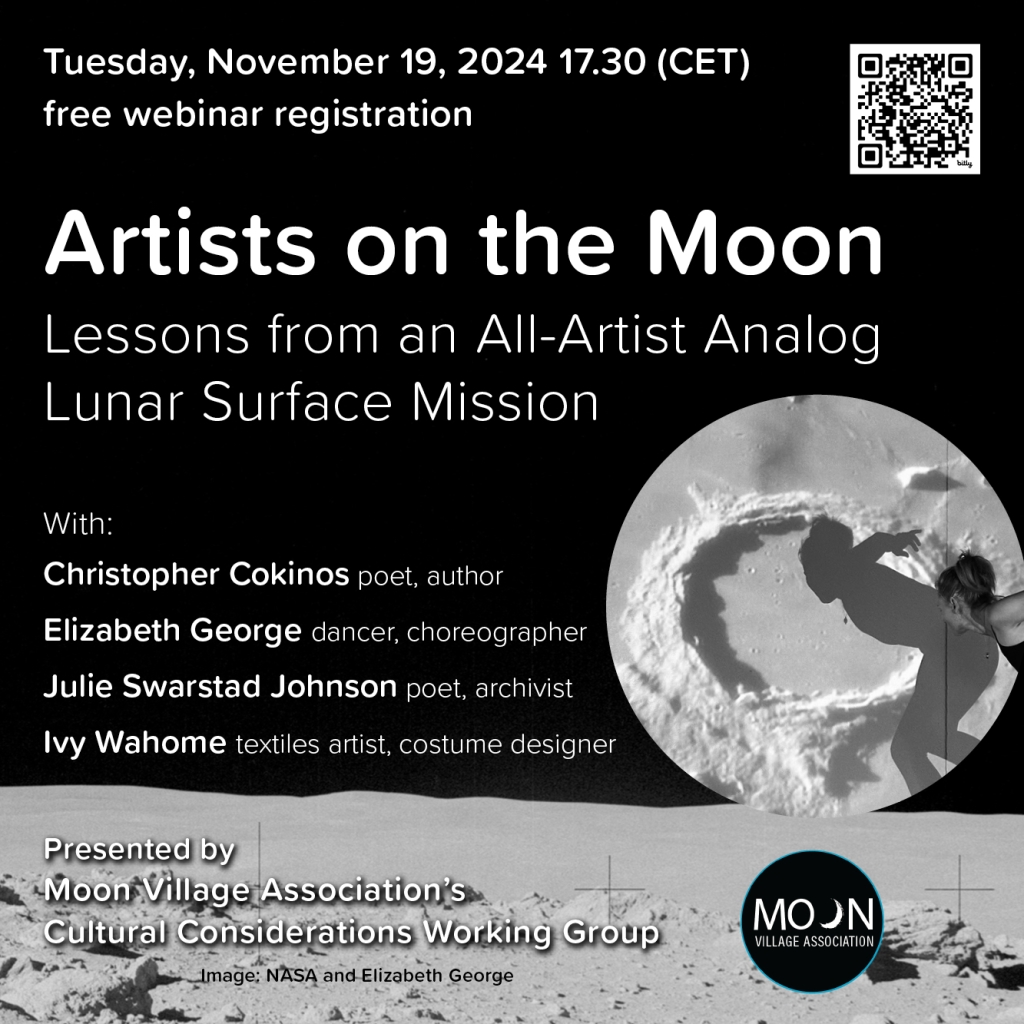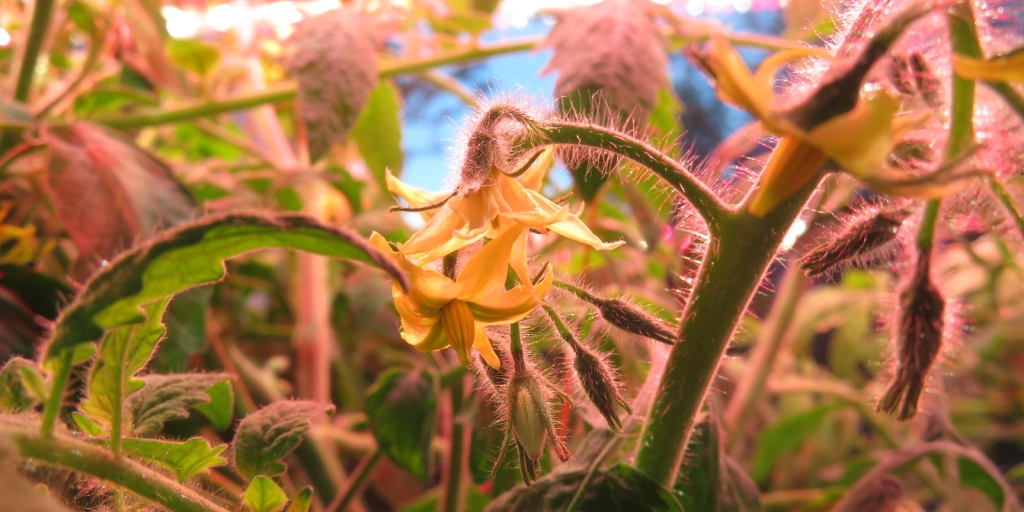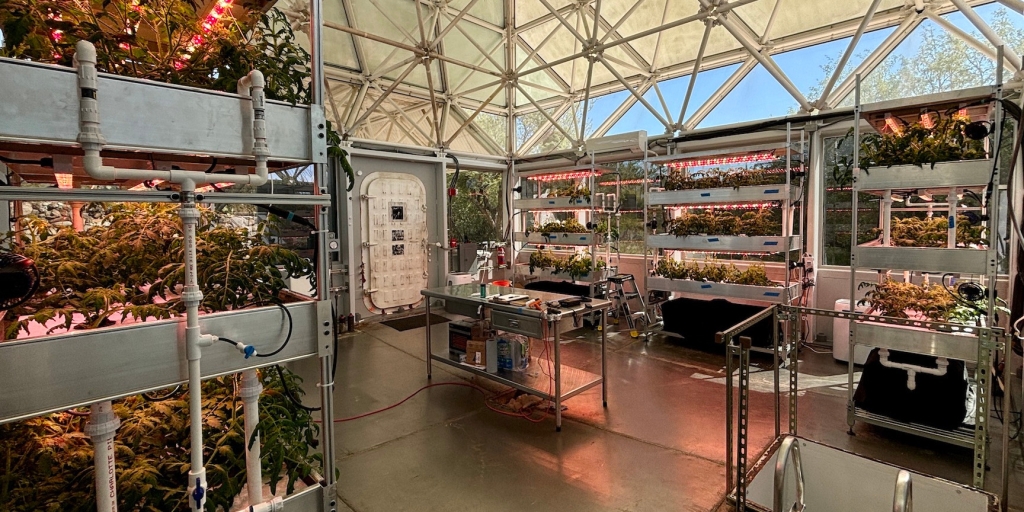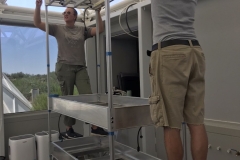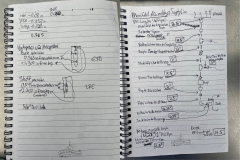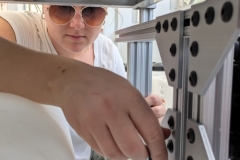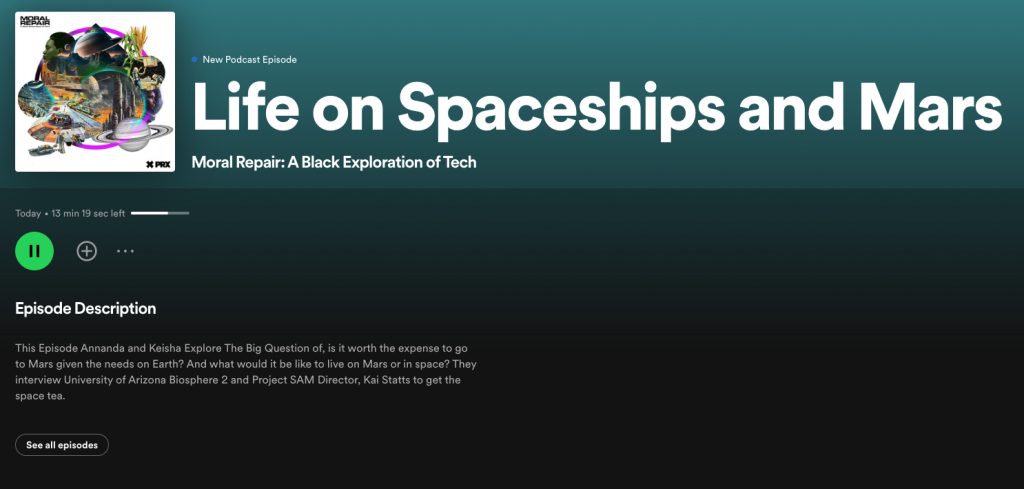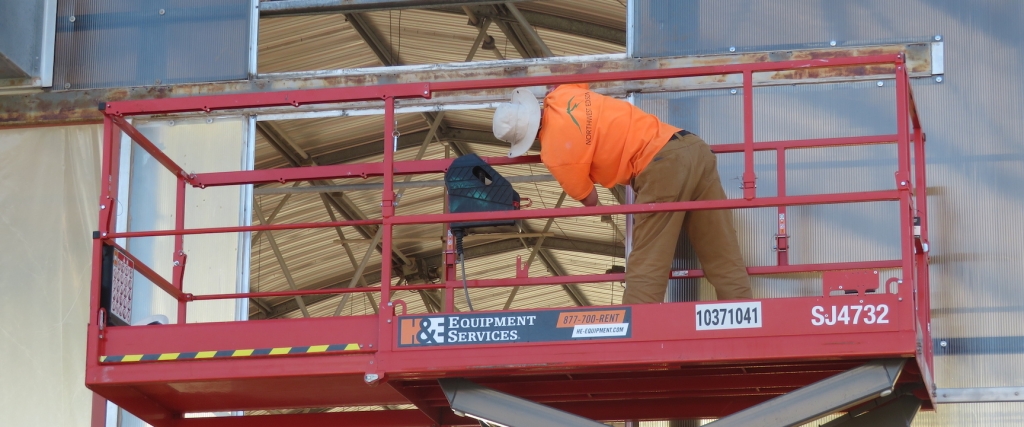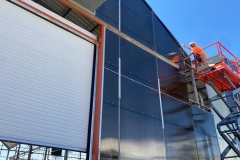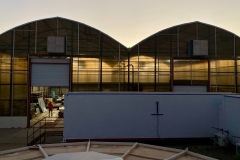Welcome Griffin Hentzen!
This year will see a shift in the SAM team. While in a corporate environment it is expected that the team and total productivity always grow, in an academic environment teams fluctuate—semester to semester, research project to research project, year to year.
At the start of the SAM project in January 2021 all team members were volunteers, including Kai and Trent. With a dozen volunteers that spring, the team then shrunk to just a few in the fall, growing steadily again through 2023. Volunteers provided what time they had. Some became paid staff. Students graduated and moved to jobs in their field.
The fall of 2024 was a transition with the realization that the SAM project had matured, now requiring more than pairs of willing hands and a willingness to learn new skills—SAM needs focused skill-sets and experience to bring specific ideas to form. This resulted in our first ever job posting and a new hire.
Griffin Hentzen comes to us from Purdue where he recently graduate with a BSc in Aerospace Engineering from Purdue University. He has interned at Sierra Space for two semesters, with a focus in carbon dioxide scrubber systems. He will be focusing this year on the design and fabrication our new CO2 scrubber at SAM, working closely with Dr. James Knox (also a part of the SAM team) and Director of Research lead Kai Staats, while lending a hand in myriad tasks as presented.
Welcome Griffin!


